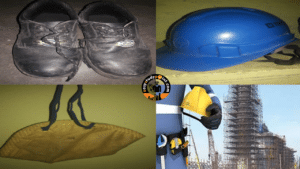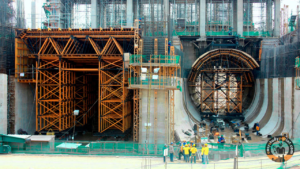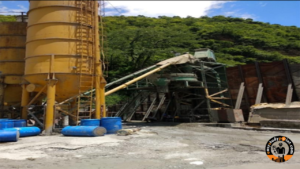Characteristic of an ideal site for a Bridge
Table of Contents
Need for Investigation for a Bridge
Prior to constructing a bridge at a specific location, a number of elements must be taken into account, including the necessity of the bridge, traffic volumes both now and in the future, stream characteristics, subsurface conditions, available sites, aesthetics, and count. The investigation’s goal is to identify a suitable location where a bridge can be constructed affordably while also meeting the needs of traffic, the stream, safety, and aesthetics. A significant bridge project should undergo an inquiry that includes studies on both technical and financial viability and produce an investigation report. The completeness of the information provided by the investigating officer will determine how well the final design turns out.
Selection of Bridge Site

Choosing the appropriate location for a bridge is an important part of the planning and design process. A large selection of bridge sites might not always be feasible. This is especially true for flyovers and river bridges in rural areas, as well as metropolitan bridges, where a broader selection is typically offered.
The characteristics of an ideal site for a bridge across a river
- A straight reach of the river;
- Consistent river flow free from significant whirls and cross-currents
- A narrow channel with firm banks
- Appropriate high banks above each side’s peak flood level
- Rock or other hard inerodible strata close to the river bed level
- Reasonably priced routes that aren’t too high, too long, or vulnerable to the river’s flank attacks during floods; the routes should also be devoid of impediments like hills, plenty of drainage crossings, graveyards, holy sites, built-up areas, or difficult land acquisition
- Proximity to the road that needs to be connected in a straight line
- Absence of sharp curves in the approaches
- Absence of expensive river training works
- Avoidance of excessive underwater construction.

The investigating engineer should conduct a reconnaissance survey for approximately one kilometer on the upstream and one kilometer on the downstream side of the proposed bridge site in order to choose a suitable location for a major bridge.
The engineer should then travel along the road for approximately one kilometer on either side of the road from the bridge site in the southern to one site where the landscape should be taken into consideration and decide on the type of structure that is best suited to the deed on the site, which as in to investigate a number of probable alternative sites and then decide he sites for sa le likely to serve the predate be further lenses refers portion afte veto a lenient election of a particular side should be flashed in the investigation report along with salient details of alternative sites investigated and rejected.
When the river to be crossed is a meandering river, the bridge should be located at a nodal point, ie the location where the river regime is constantly serving as a fulcrum about which the tiver channels swing laterally. It is preferable to position the bridge as squarely as possible across the river, allowing for minimum span lengths, deck areas, and pier lengths, all of which have cost benefits.
Moreover, a square crossing has less intricate details and decorations. Sometimes, in order to avoid expensive land acquisition or severe curves on the approaches, a skew crossing that is inclined to the river’s center line at an angle other than a straight angle must be supplied. Generally speaking, skew bridges are more challenging to design, build, and maintain. The following options are available for choosing the bridge’s placement in relation to the approaches’ alignment:
- Far ridges of total length less than 60m, the alignment of the approaches will govern;
- Far bridges of total length between 60 m and 300 m, both the proper alignment of the approaches and the requirements of a good bridge should be considered together in ascertaining the appropriate site; and
- For major bridges over 300 m in length, the requirements of a good bridge site will govern the alignment.
Preliminary Data to be Collected for a Bridge
The engineer in charge of the investigation of a major bridge should collect the following information:
- Name of the stream, road, and the identification mark allotted to the crossing and location in km to the centere of the crossing;
- Location of the nearest GTS (Great Trigonometric Survey) benchmark with its reduced level:
- Traffic volume and type on the road near the bridge location, both now and in the future
- Hydraulic data pertaining to the river, including the highest flood level (HFL), ordinary flood level (OFL) and low water level (LWL), size, shape, slope and catchment, possibility of subsequent changes in the catchment like afforestation, deforestation, and urban development intensity and frequency of rainfall in the catchment, and probability of large trees or rolling debris floating down the stream
- Soil profile across the course of the bridge and its approaches along the likely bridge locations
- Navigational requirements, if any, for the stream
- Need for large-scale river training works
- Liability of the site to earthquake disturbances
- Availability, quality, and location of the nearest quarries for stones for masonry and concrete aggregates
- Nearest place of availability of cement, steel, and timber;
- Means of transport for materials;
- Access to both trained and unskilled labor for the various trades needed for construction

Characteristic of an ideal site for a Bridge
Also Read:- Factors Affecting Concrete Workability and Key Testing Methods
Also Read:- Retaining Walls, Types, Design Insights, and Pressure Dynamics














1 comment